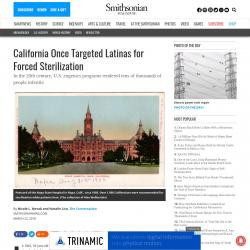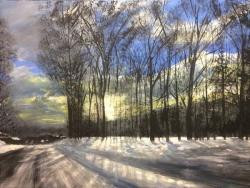Annette Spahr
As a Harrisburg Academy Upper School teacher, I interact daily with 10th, 11th, and 12th grade students - some who were born and raised in central Pennsylvania, and many others who have come to our school from China, Spain, Finland, South Korea, and Germany to receive their IB (International Baccalaureate) degree. I currently teach 10th grade American Literature, and 11th & 12th Grade IB Higher Level Literature. Additionally, as an IB (International BaccaIaureate) school, we offer a course called "Theory of Knowledge," or "TOK" - which pairs wonderfully with the Smithsonian resources available through the Learning Lab. I've had the pleasure of teaching TOK since 2022. I currently live in a small Central Pennsylvania town with my husband, and I'm missing my three kids terribly as a few years ago I officially become an "empty nester." I love to read (naturally!), visit museums with my daughter who has lived in Washington D.C. and now resides in Philadelphia, as well as spend my time swimming, hiking, and taking an endless number of photographs.
Annette Spahr's collections
American Short Stories Preview (#SAAMteach)
 Annette Spahr
Annette Spahr
Romanticism & Renaissance Literary Period (American Literature - 10th grade)
 Annette Spahr
Annette Spahr
Perfume: The Story of a Murderer - Writing & Discussion Activities
 Annette Spahr
Annette Spahr
Declaration of Independence and Slavery - "The Paradox of Liberty" (Rhetorical Analysis)
 Annette Spahr
Annette Spahr
This Other Eden: Pilgrims, Puritans & the New Promised Land (2022 Version)
 Annette Spahr
Annette Spahr
Emily Dickinson
 Annette Spahr
Annette Spahr
Native American Literature
 Annette Spahr
Annette Spahr
Civil War Era Literature: Brother Against Brother (Realism/Psychological Realism/Naturalism/Impressionism)
 Annette Spahr
Annette Spahr
Sweet Music in Harlem
 Annette Spahr
Annette Spahr






